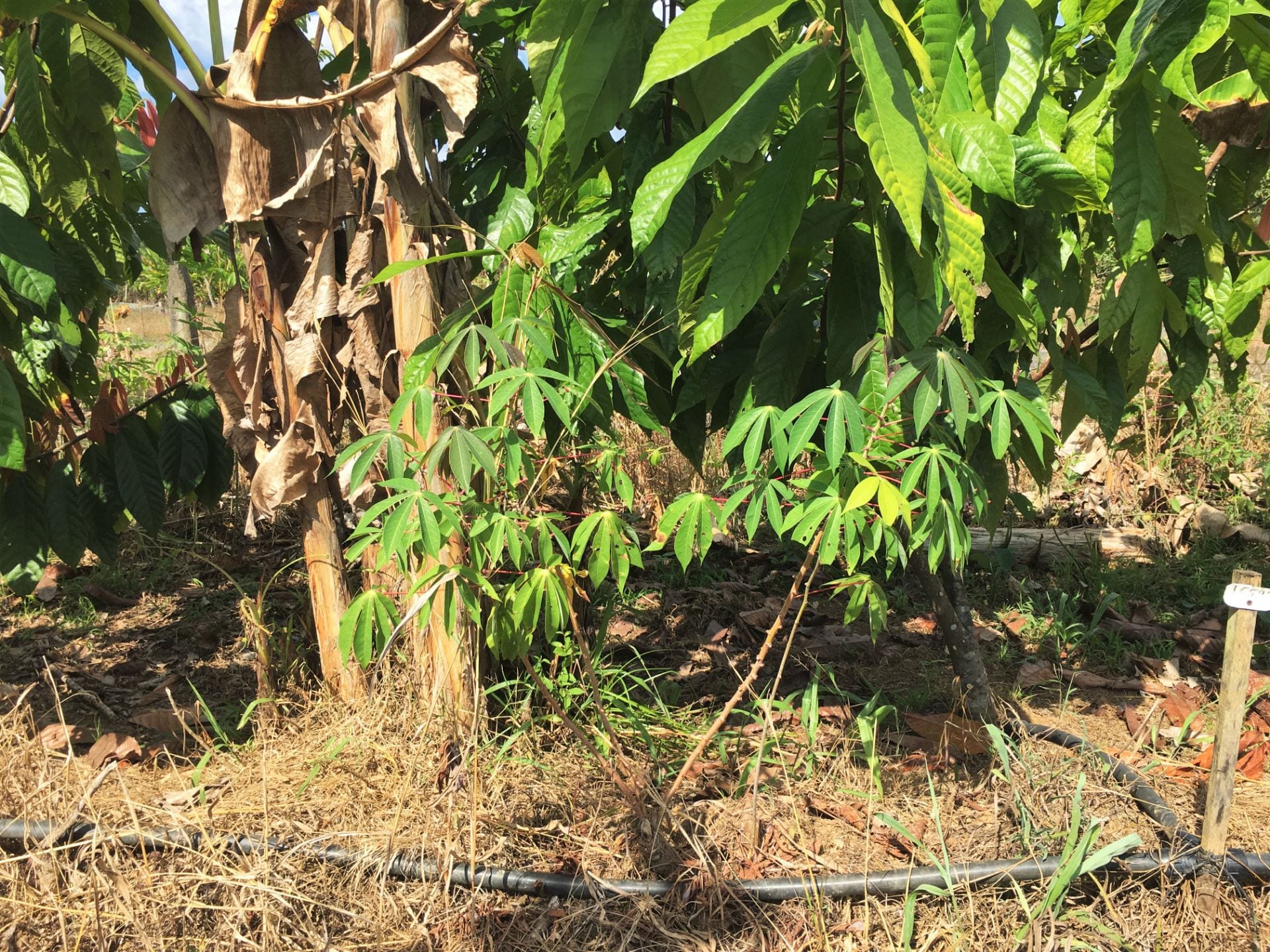Sitting in the tourist hub of Manuel Antonio where wild monkeys are hand fed by visitors and thousands of feet walk across the beach each year, it is easy to see the ways humans can change our environment. It is perhaps more difficult to imagine the effects of humans throughout an entire country, but Manuel Antonio serves as a microcosm of Costa Rica. Over the past decades, we have drastically altered the landscape by cutting forests to create new roads, increase agriculture, and build new homes for a growing human population. With these changes, the natural forest has slowly become more fragmented and is no longer able to support many of the species that lived on the land before us

An example of a living fence, a common agroforestry practice in Costa Rica.
To better understand how we can start reconnecting forest fragments and ensure the land stays fertile enough to provide food for all species, including humans, I’m traveling the country with a group of researchers as we all approach this question from different angles. My project is looking specifically at the lands currently being used for agriculture and has allowed me to visit with dozens of farmers around the country to learn more about their use of agroforestry. Agroforestry, broadly defined, is a practice that incorporates trees into croplands. It can mean planting trees to mark a property line (a living fence as seen above), to provide shade for crops or animals, or to have more products for a farmer to sell. It is a practice that can add economic and environmental stability to any property all while contributing to reforestation.

A demonstration plot showing farmers one way to incorporate trees with existing crops to provide shade and replenish soil nutrients. This small plot contains plantain, cacao, and yuca.
With this project, I hope to learn more about how information on sustainable agriculture practices like agroforestry spreads to farmers, why they choose to make changes on their farm, and what benefits they have experienced from adopting agroforestry techniques. The answers to these types of questions may help us all find ways to live more harmoniously with the lives around us and, most importantly, see the challenges from the perspective of the people facing them directly.
